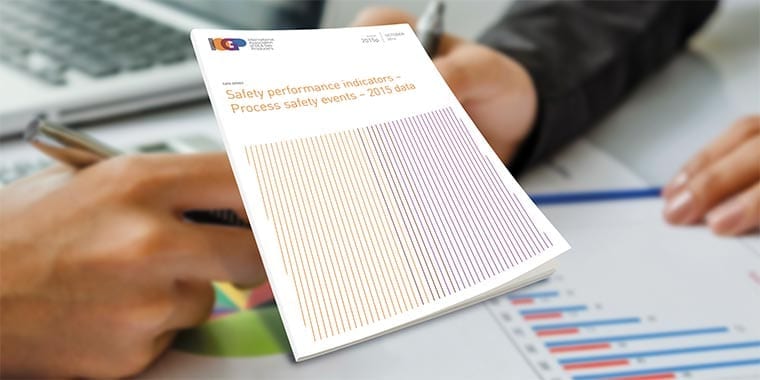
Process safety
Major incidents in both the upstream and downstream industries have highlighted the importance of having robust processes and systems in place.
Process safety is a disciplined framework for managing the integrity of operating systems and processes that handle hazardous substances. It relies on good design principles, engineering and operating and maintenance practices. It deals with the prevention and control of events that have the potential to release hazardous materials and energy.
The terms ‘process safety’ and ‘asset integrity’ are both used throughout the petroleum industry, often synonymously. For the oil and gas industry the emphasis of process safety and asset integrity is to prevent unplanned releases which could result in a major incident. A major incident is typically initiated by a hazardous release; it may also result from a structural failure or loss of stability that escalates to become a major incident.
Preventing major incidents
We cannot afford to rely solely on lessons from major process incidents, which happen relatively infrequently. To strengthen safety barriers and prevent these incidents from occurring at all, it is necessary to collect, collate and analyse data from less severe incidents and shortfalls in management system performance.
Key performance indicators (KPIs) can play an important role in improving safety. In 2008, we published Asset integrity – the key to managing major incident risks which:
- Set out how to implement an ‘Asset Integrity Management System’ for new and existing upstream assets.
- Provided guidance on developing leading and lagging KPIs.
- Leading indicators maintain barrier strength.
- Lagging indicators measure barrier defects, events and consequences.
Since then, we have developed Process safety: recommended practice on key performance indicators. It emphasises the importance of having and monitoring multi-level barriers to prevent an incident from happening – and then stopping it from escalating should those initial barriers fail. The report also advises companies on selecting the right KPIs for each phase of prevention and mitigation.
This work builds on IOGP’s long-established key performance indicators for personal safety. Since 1985, when we started reporting annual trends in upstream safety data, the industry has seen dramatic reductions in the numbers of occupational injuries and fatalities in the workplace.



